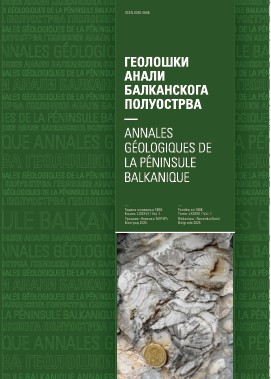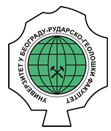The part of Illyrian orogeny in the geological history of the Moravides
Značaj Ilirske faze za geološki razvoj Moravida
Abstract
Illyrian orogeny had an important part in the geologic history of the Moravides. At the Middle/Upper Eocene transition, Illyrian orogeny activated three large Moravidic dislocations, and formed in the Upper Eocene three depressions in NNW-SSE direction: Vlasina long the Vlasina dislocation, Vranje along the Južna Morava (Tupale) dislocation, and Levač-Kruševac along the Morava-Shumadia dislocation.
The depressions were filled with terrigene, terrigene-carbonate, flysch, and volcanogenic- -sedimentary deposits through four sedimentation cycles and a repeated volcanism.
The result of significant radial movements of the Illyrian orogeny in the Moravides was the formation of depressions and land areas. General NE movements of the entire Moravides significantly affected the tectonic pattern and paleogeography of the Carpatho-Balkanides.
Copyright (c) 2025 Geološki anali Balkanskoga poluostrva

This work is licensed under a Creative Commons Attribution 4.0 International License.










